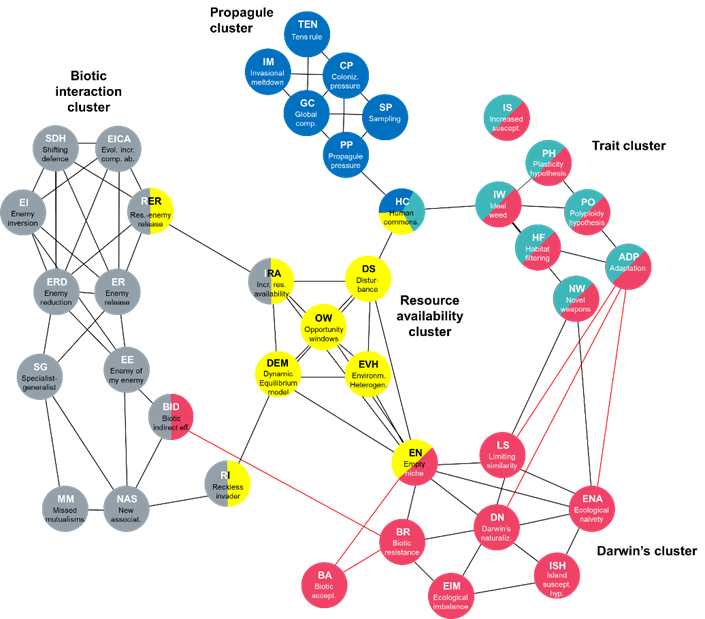Acacia-released phytochemicals help invasive and native species establishment
Over the past decade research has been done towards understanding the role of phytochemicals in the success of plant invasions. This research has led to the well-known Novel Weapon Hypothesis, which suggests that the release of certain phytochemicals by alien plants can inhibit the early development of native species that have not previously experienced them, thus granting alien species a competitive advantage.




